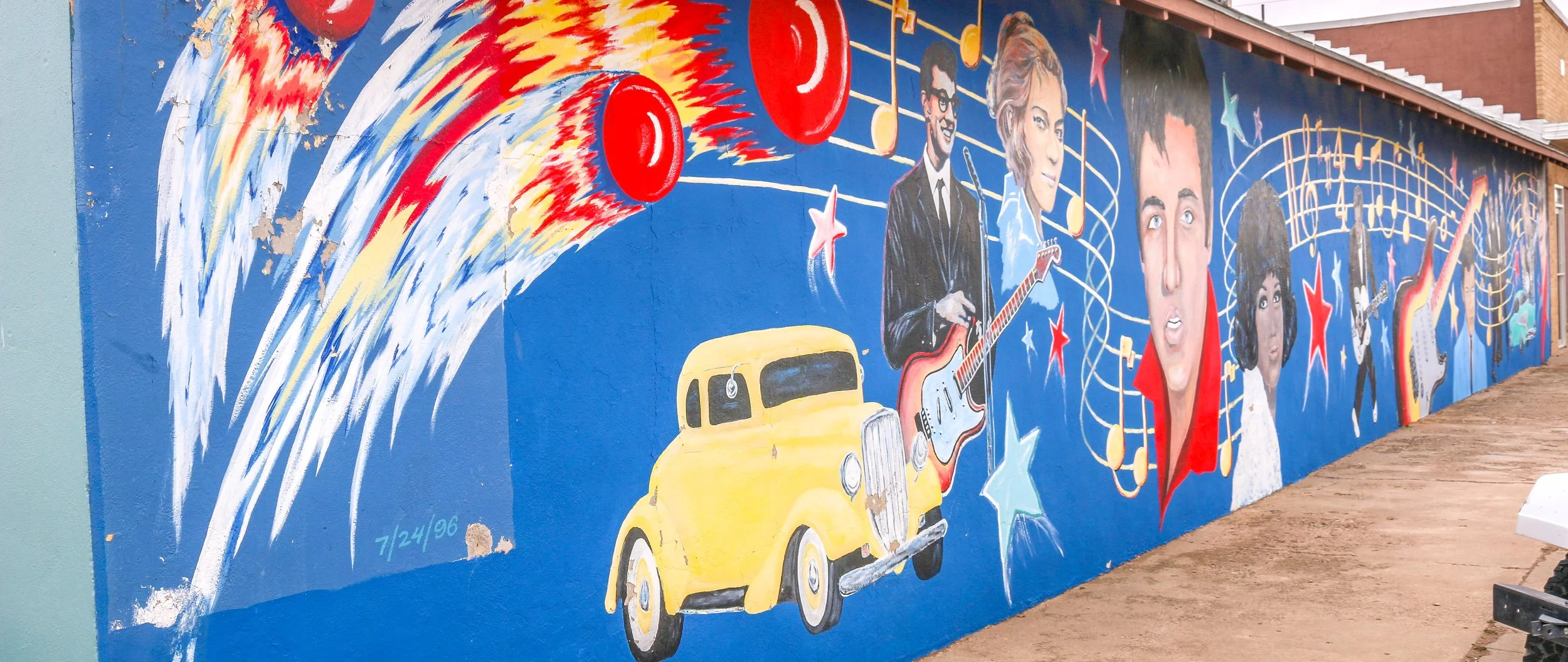Hello Everyone! First and foremost I wanted to thank you for all of the kind messages and comments you sent this week. Each one made me feel a little bit better and they were all appreciated. I do believe that my bout with Covid is over and while it was not a fun time, so many of my friends are currently infected that at least I didn’t feel as isolated as I could have. The illness was bad, but the loneliness was difficult as well. I’m used to being alone and I’m comfortable with being alone, but I always have the option of going to a bar or a restaurant and at least being among people. With this I wanted to minimize contact as best I could so I got take-out and sat in my room or my van. It’s also been hard not being able to exercise as much as I’m used to, but I have read too much about people pushing themselves through Covid and doing permanent damage to their lungs through scarring and didn’t want to risk it. But it seems to have passed at this point and I am ready to get back to some of my routines which I’m really looking forward to. This won’t be a long newsletter this week as I’ve spent most of my time recuperating and driving, but there have definitely been some cool moments – most notably the two days I spent on the North Rim of Grand Canyon.
When I left off last week, I was recuperating in a hotel room in Flagstaff. Flagstaff was a godsend to me last week, with its walkable downtown, Whole Foods and especially the cool, clean high-desert air. It was also one of the most photogenic towns in all of Arizona, but sadly I didn’t take any photos as I just wasn’t really in the mood. I will return in the future though, and I look forward to getting some photos when I do. I did make it out to Walnut Canyon while I was there, a small National Park site about 20 minutes out of town. It’s a beautiful little park where an oxbow bend in a seasonal river has left an island of land surrounded by a deep valley. This landscape provided a nice protected location for a small Sinagua village site about a thousand years ago. The ruins in the park became a hotbed for looters and tourists in the late 19th century, prompting government protection of the site. Most of the ruins there are reconstructions, but it’s still a lovely canyon to stroll around. Back in Flagstaff I also enjoyed a wander through the old Weatherford Hotel which has been lovingly restored after being threatened with demolition. Despite my illness, I did have a nice stay in Flagstaff.
I left Friday morning and after a short stop at the Navajo Bridge, which is one of the major crossings of the Colorado River in Arizona, I headed on up the Kaibab Plateau to the North Rim of Grand Canyon. I have been to Grand Canyon no less than a hundred times in my life, but always to the more popular South Rim. The South Rim has always been the centerpiece of the park since the railroad arrived over a century ago. The North Rim is higher, averaging almost 9,000’ above sea level, and far less crowded. I spent two days there - taking photos, doing short hikes and just sitting on the rim and reading my book -and I loved every minute of it. It was beautiful, cool, relatively quiet considering it was a holiday weekend and a perfect place to wind up my stay in Arizona. I enjoyed two sunrises and two sunsets and found some wonderful viewpoints along the canyon rim. There seemed to be quite a few rim-to-rim hikers and it is a pretty serious 21 mile hike from the South Rim down and then up the Kaibab Trail. After dark, the talk seemed to all focus on those hikers who hadn’t yet made it out of the canyon. Some made it out later in the night and many finally emerged the following morning admitting they had either underestimated the hike or overestimated their own abilities or, most likely, a combination of the two. It was fascinating to see and listen to and I provided what reassurances I could, knowing all too well how easy it is for hikers to struggle up out of the canyon. All-in-all, I really had a great time up on the North Rim and will definitely return there in the future.
After sunrise and breakfast at the lodge on Sunday, I headed on down the road. After a brief stop at Pipe Springs National Historic Site, I drove on to St. George, Utah to catch up with my friend Jenny. Jenny worked at the same tour company that I did for a number of years and has continued guiding with other companies since. Right now she guides hiking and llama-packing tours, primarily in the Desert Southwest, and is also in the process of building out a small school bus to live in. I haven’t seen her in years and we spent the day catching up and talking about old times and new adventures and about our mutual friends and what they’re up to. I always enjoy her company and it was nice to have someone to chat with for a while. We had some tasty tacos and then went to a trailhead parking lot outside of town where we parked our vehicles side-by-side for the night.













